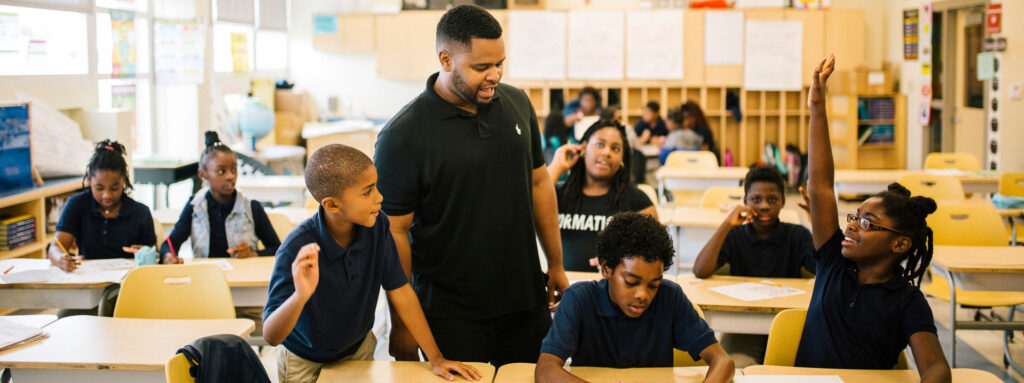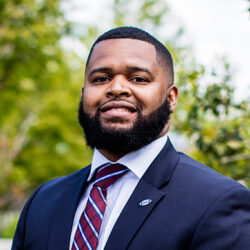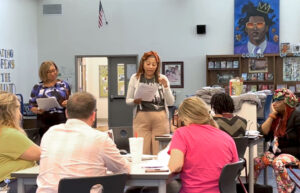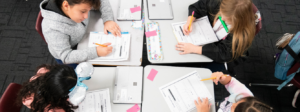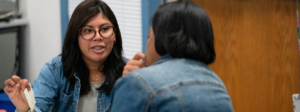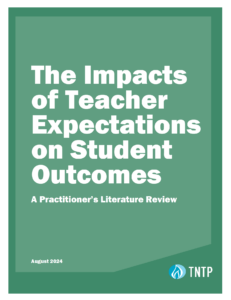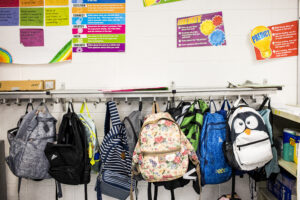“Intelligence plus character—that is the goal of true education.” These words are just as relevant today as they were when Martin Luther King Jr. penned them in 1947. The students in Milton Bryant’s math classroom pursue that goal every day as they learn to think deeply, challenge themselves intellectually—and question everything.
Imagine growing up in one of the most historic communities in our country—a neighborhood full of museums, tranquil river trails, and picturesque parks. Some of the most powerful people in our nation can be seen jogging or playing baseball nearby. Now imagine having your potential written off because your address is on the east side of the same river trail, where opportunities are limited and expectations about your capabilities are lowered. When you go to school, you’re taught what to do—not how to think.
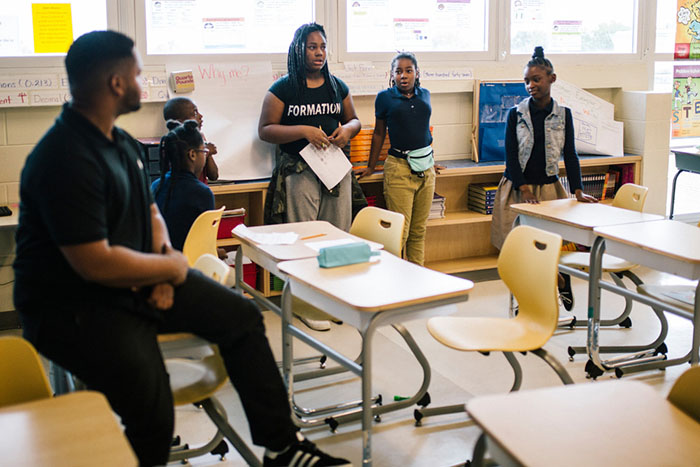
Opposing groups present to the class, while Mr. Bryant asks questions to help them refine their thinking.
Those class dynamics are the reality for many of my students. Their innate talents go unrecognized by people from more privileged neighborhoods, some who have the audacity to ask: “Can any good come from Anacostia?”
I teach in my community to destroy that false narrative. We believe the good is already in Anacostia. My class is a joyful place that requires students to be inquisitive, thoughtful, and creative. Just like students on the west side, my students practice synthesizing information, evaluating evidence, and making judgments—skills that will help them make better decisions in school and in the community.
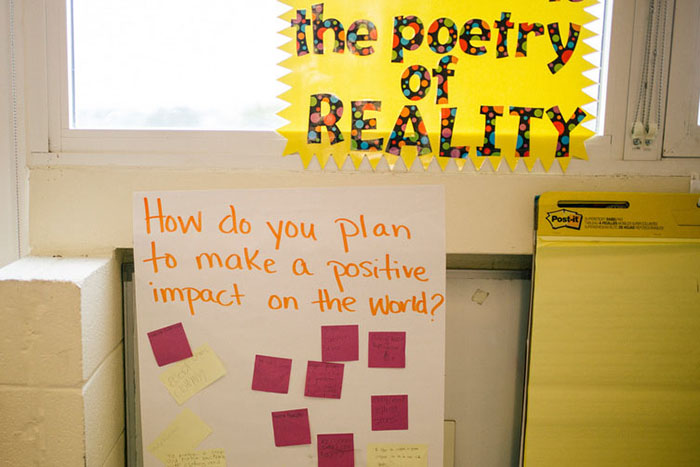
Classroom posters encourage students to think about their lives beyond school.
Rigorous academics—and the freedom for educators to make lessons relevant to their students—should be the same in any neighborhood. When we teach some students what to do—instead of how to think—we keep them enslaved within their own minds, as opposed to becoming liberators of their community.
Tahnya, who came to my class with no confidence in math, puts it best: “It’s about applying your thoughts and really thinking about what you are being asked.”
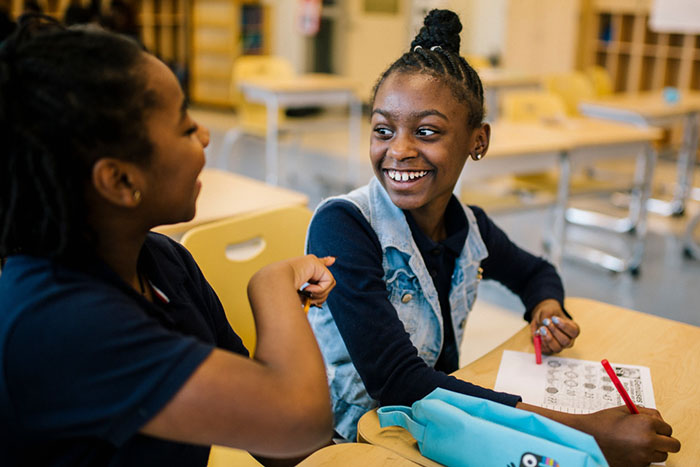
Two students work together on a math problem.
When students are thinkers, they are no longer doing well to please me or their parents but to show everyone that children from this community are just as capable as students from more affluent neighborhoods. Not only will they excel as individuals, but they motivate and push the next group of students to excel—and shift this notion of what kids from the east side of the river can do.
Read more about Milton's classroom in his essay, “Free Your Mind: How Students Challenge the Narrative by Challenging Themselves.”
